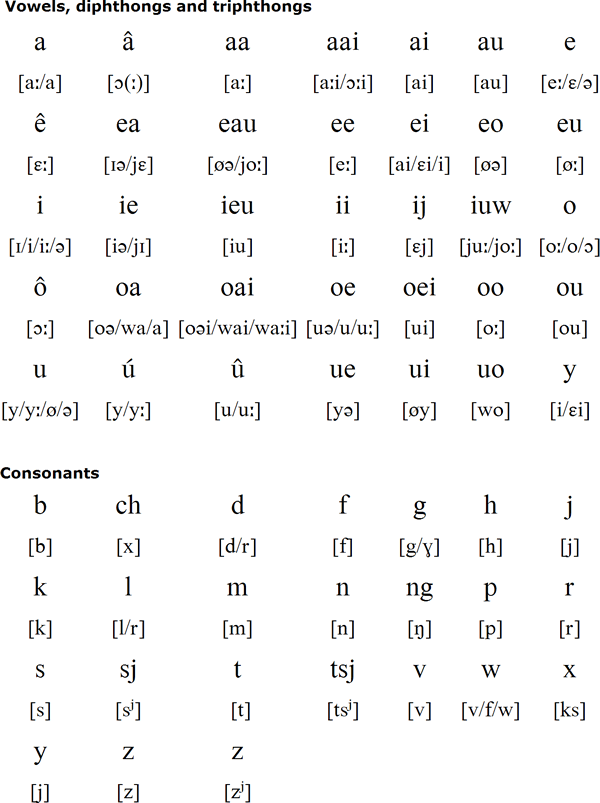
Frisian languages, alphabets and pronunciation
Saterland Frisian, also known as Sater Frisian, Saterfrisian or Saterlandic ( Seeltersk [ˈseːltɐsk] ), is the last living dialect of the East Frisian language. It is closely related to the other Frisian languages: North Frisian, spoken in Germany as well, and West Frisian, spoken in the Dutch province of Friesland . Classification
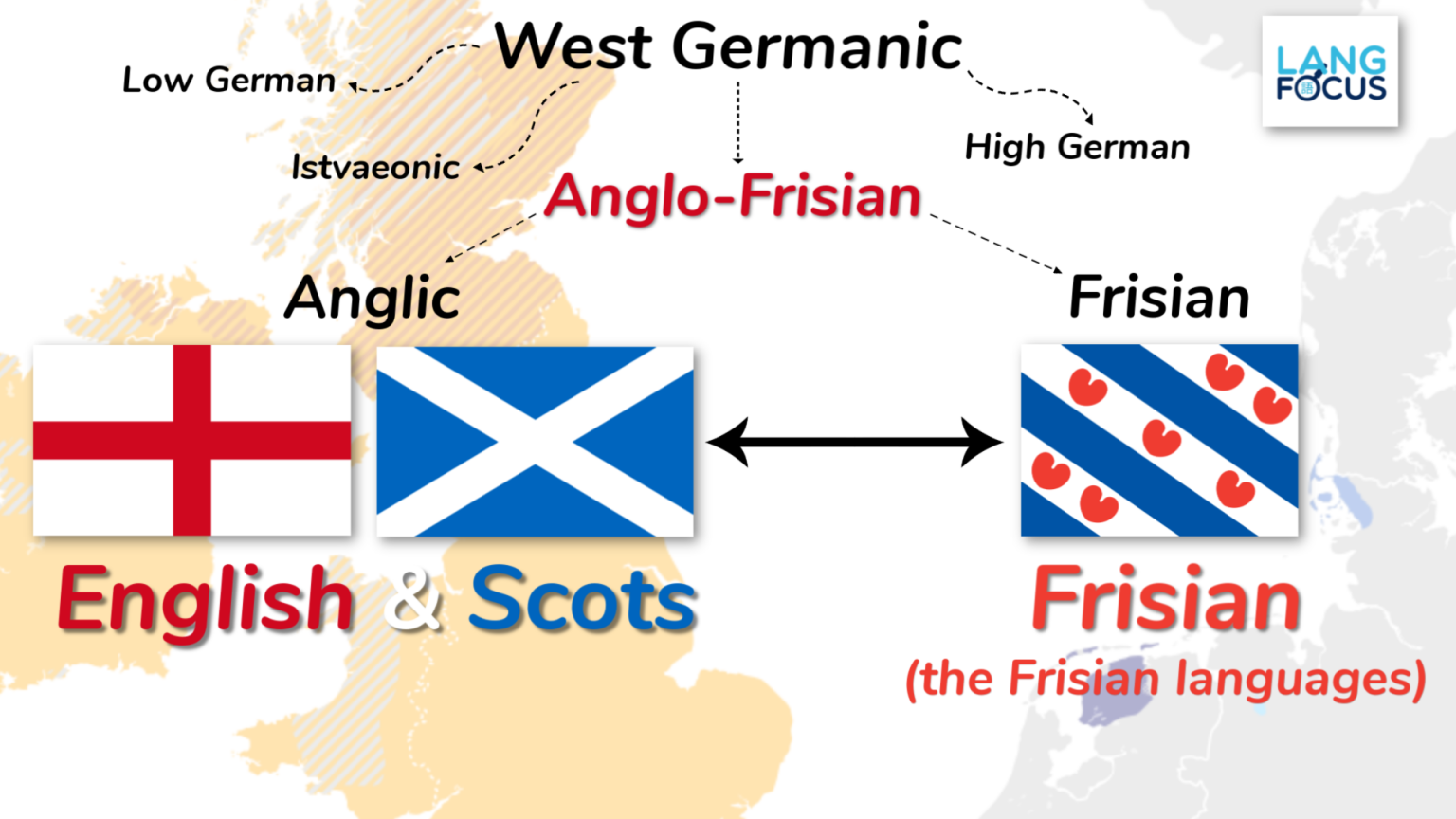
The Most Closely Related Language to English
Frisian, which Frisian-speakers call Frysk, is the second language of the northern Netherlands and the closest living relative of English. In early modern Europe Frisian was spoken in the Dutch province of Friesland (the West Frisian dialect), in the north German states of Saterland and Niedersachsen (the East Frisian dialect), and in what were.
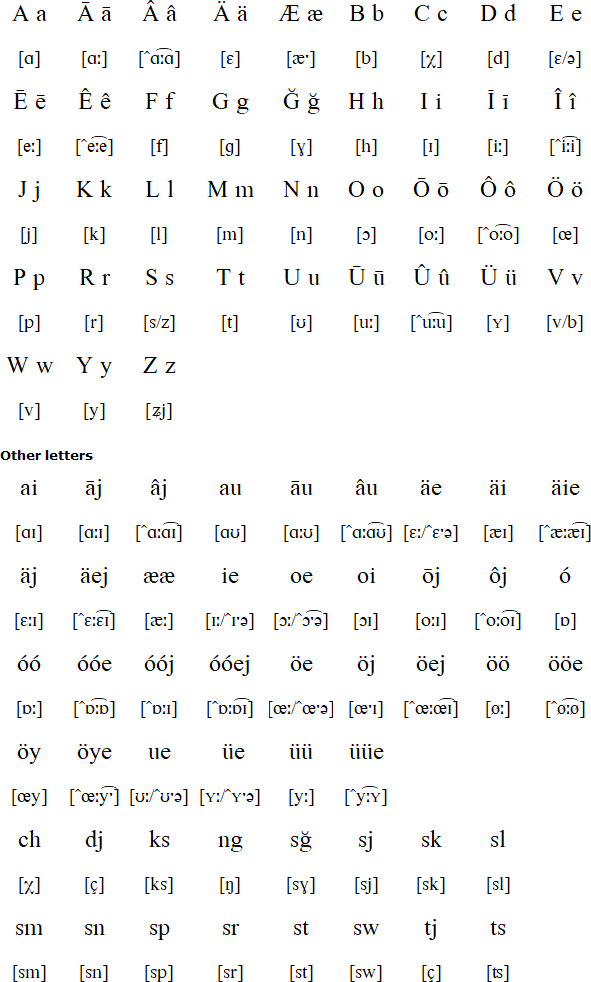
East Frisian language, alphabet and pronunciation
Frisian language. The Frisian language, which has many dialects, is taught in the schools in Friesland. It is acknowledged as an official language in Friesland, but it is not legally codified as such by the Dutch government. Literary and scientific works are written in it, and there is a Frisian academy (Fryske Akademy) in Leeuwarden. In East.

Frisian languages Wikipedia Language, Learn another language, Dutch language
Frisians did not arrive in what is now Germany until about 1,000 years later, when they began settling further east along the coastline of the North Sea. These Frisians lived quite an isolated,.

FileFrisian language area history map.svg Wikimedia Commons in 2021 History, Language, Map
Frisian is a group of West Germanic languages spoken in Germany and the Netherlands. There are three main varieties of Frisian: West Frisian which is spoken by about 450,000 people in the Netherlands; North Frisian a collection of nine different dialects spoken in Schleswig-Holstein (Germany) by about 8,000 people, and Sater Frisian with about 2,000 speakers in the German state of Lower Saxony.
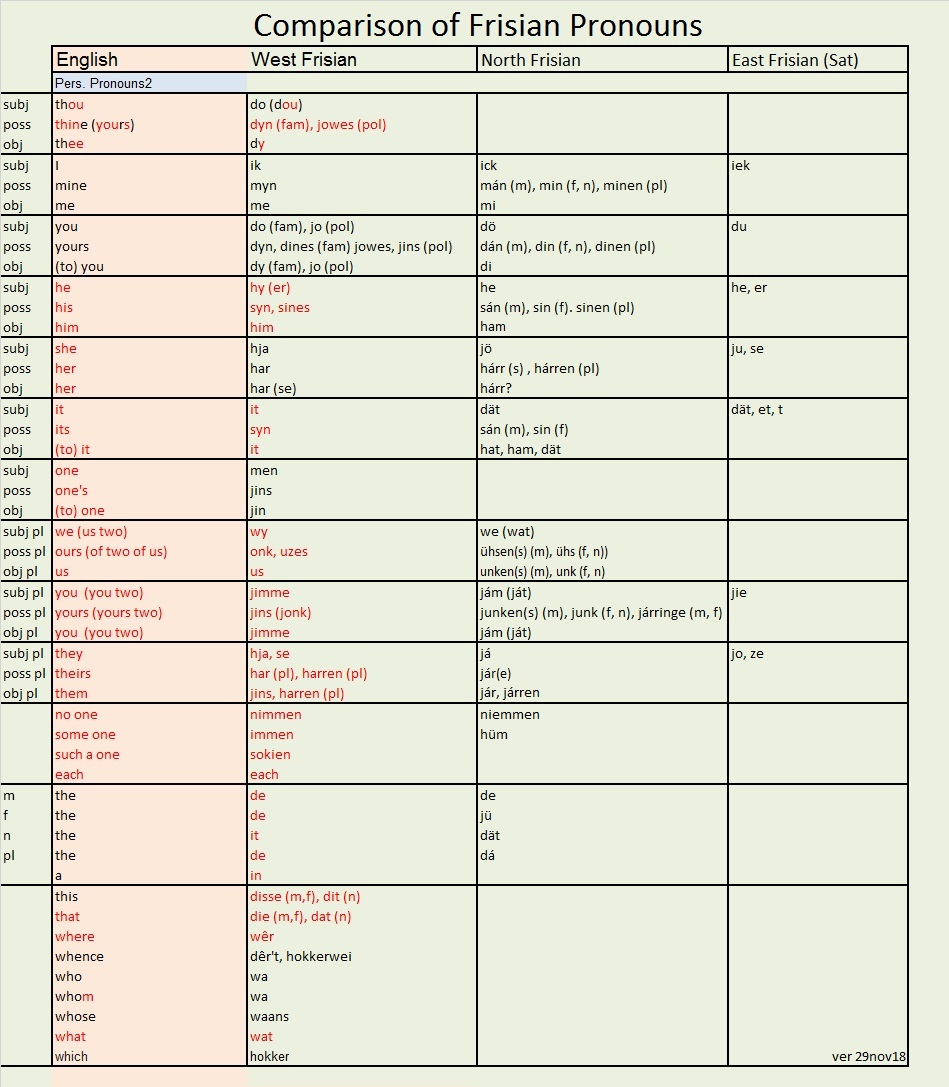
Frisian Language
1.1. Frisian Frisian is one of a number of Germanic languages, a family which also includes English, German, Dutch, Afrikaans, Norwegian, Danish, Faroese, Swedish, and Icelandic. Of these languages, the last five comprise what are known as the Scandinavian (or North Germanic) languages, while those remaining are classified as West Germanic.

Dictionary of the Frisian Language page Sample page of t… Flickr
East Frisian is one of the Frisian languages. Its last surviving dialect is Saterland Frisian spoken in Saterland in Germany. There once were two main dialects, Ems and Weser. Weser, including the Wursten and Wangerooge dialects, held out until the 20th century. Ems continues with a couple thousand adult speakers of the Saterland dialect.
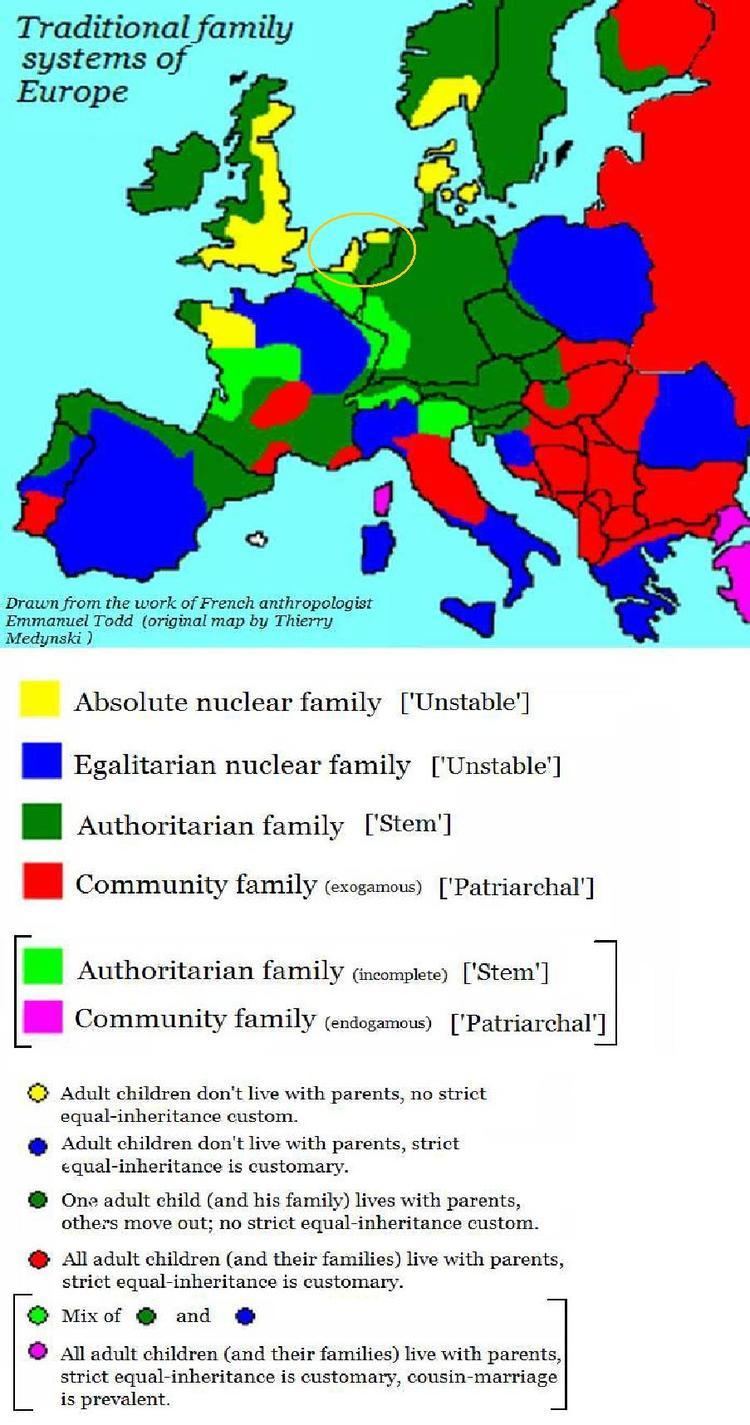
Frisians Alchetron, The Free Social Encyclopedia
Earliest Origins of the Frisians The earliest ancestors of modern Frisians were the Frisii - an ancient Germanic tribe that inhabited roughly the same region as their modern descendants. This is the so-called delta of the Rhine, Meuse, and Scheldt rivers, a region which contains many islands and is generally a low-lying area.

Frisian and Old Saxonian by on DeviantArt Language
East Frisia was a region with five spoken languages: Ostfriesisch was colloquial language, Latin was scholarly language, Frisian was a minority language. Dutch was the main written language in the western part and Hochdeutsch in the eastern part.

FRISIAN Sister Language(s) of English! Language, Erin robinson, English
East Frisians ( German: Ostfriesen, Saterland Frisian: Aastefräisen) are, in the wider sense, the inhabitants of East Frisia in the northwest of the German state of Lower Saxony.

How To Learn Frisian A Beginner’s Guide
East Frisian language language Learn about this topic in these articles: dialect of Frisian In West Germanic languages: Dialects East Frisian survives today only in the German Saterland, consisting of the three parishes of Ramsloh, Strücklingen, and Scharrel, each with a slightly different dialect.

FolkCostume&Embroidery Costume of Fryslân or Friesland, land of the West Frisians, the Netherlands
East Frisian Low German or East Frisian Low Saxon is a Northern Low Saxon dialect spoken in the East Frisian peninsula of northwestern Lower Saxony . It is used quite frequently in everyday speech there. [citation needed] About half of the East Frisian population in the coastal region uses the language. [citation needed]

FolkCostume&Embroidery The Frisians are one of the minority peoples of Europe, Inhabiting the
In East Frisia proper, East Frisian Low Saxon is spoken today, which is not a Frisian language, but a variant of Low German/Low Saxon . Depending upon their location, the six Frisian languages have been heavily influenced by and bear similarities to Dutch and Low German/Low Saxon, and in addition North Frisian has a Danish substrate.

The Frisian language is considered by many linguists to be the closest living language to
• Ostfriesisches Wörterbuch: East Frisian-German dictionary, by Cirk Heinrich Stürenburg (1857) • Glossarium der friesischen Sprache, besonders in nordfriesischen Mundart: North Frisian dictionary, by Nicolaus Outzen (1837) • Proeve van een friesch en Nederlandsch woordenboek: Frisian-Dutch dictionary, by Montanus Hettema (1831)

Frisian languages YouTube
Frisian languages Frisian speakers Frisian refers to three languages that come from Friesland, a province in the Netherlands. They are spoken in the Netherlands, in Eastern Germany, and in some areas of Jutland, Denmark. It is also spoken on the Frisian Isles (Wadden Isles) and Western German (East Frisian) Isles such as Borkum .

Hello all, The Frisians are one of the minority peoples of Europe, Inhabiting the coast of the
Summary. Frisian is a West Germanic language that is indigenous to the southern coastal region of the North Sea in the Netherlands and Germany. In the early 21st century, it was spoken by around 400,000 inhabitants of the Dutch province of Friesland, by up to 1,000 speakers in the German municipality of the Saterland, and by an estimated 4,000.